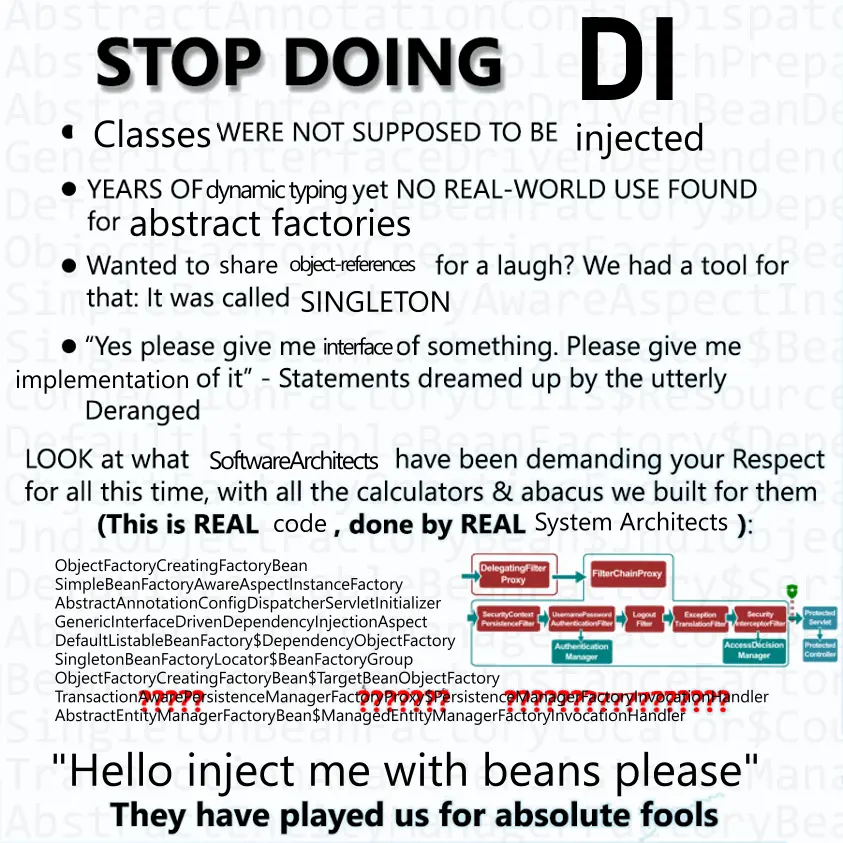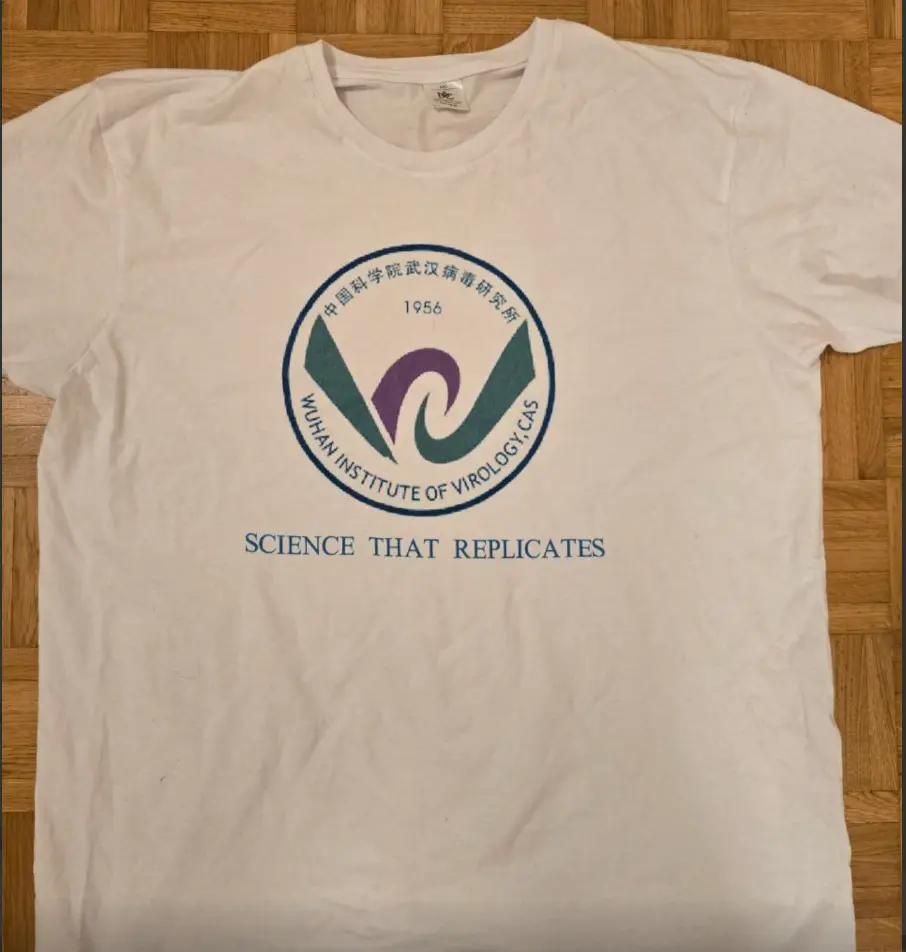. But it is trained well enough to correlate left and right together
eliza could do that 60 years ago
Our societies have not previously tolerated spaces that are beyond the reach of law enforcement, where criminals can communicate safely and child abuse can flourish.
I am pretty sure, churches were "tolerated spaces" bevor e2ee was a thing.
its zero-trust architecture is programmed in a memory-safe language with no supply chain to monitor!
this is good.
She had it coming. This mess is her fault after all.
Don't believe me? Listen to the Science: https://www.youtube.com/watch?v=bkrcxLgHn-w
- Users are finally figuring out that some Linux distros are easy to use
so recommending arch linux to newbies was counter productive all along?
suprised_pikachu.bmp
As usual, the US is already one step ahead: they cut out the middleman by skiping a step.
but then they can still set colors, that we don't. Or at least there are some colors they can differentiate between, that we can't.
e.g if they have a receptor for orange, yellow and red, then can differentiate between pure orange and orange that is 50% red and 50% yellow.
So both is true: We have more colors (because of brain-things), but they still have some colors, that we don't (because of receptors).
the linux-file-deletion is used as a example for good software design. It has a very simple interface with little room for error while doing exactly what the caller intended.
In John Ousterhout's "software design philosophy" a chapter is called "define errors out of existence". In windows "delete" is defined as "the file is gone from the HDD". So it must wait for all processes to release that file. In Linux "unlink" is defined as "the file can't be accessed anymore". So the file is gone from the filesystem immediately and existing file-handles from other processes will life on.
The trade-off here is: "more errors for the caller of delete" vs "more errors due to filehandles to dead files". And as it turns out, the former creates issues for both developers and for users, while the later creates virtually no errors in practice.
Latex: Problem --> \def\please@#1#2#3#4{\e@kill#2#3{\me#1}#4@now} --> 
is there a lemmy version of r/thathappened yet?



amazing.